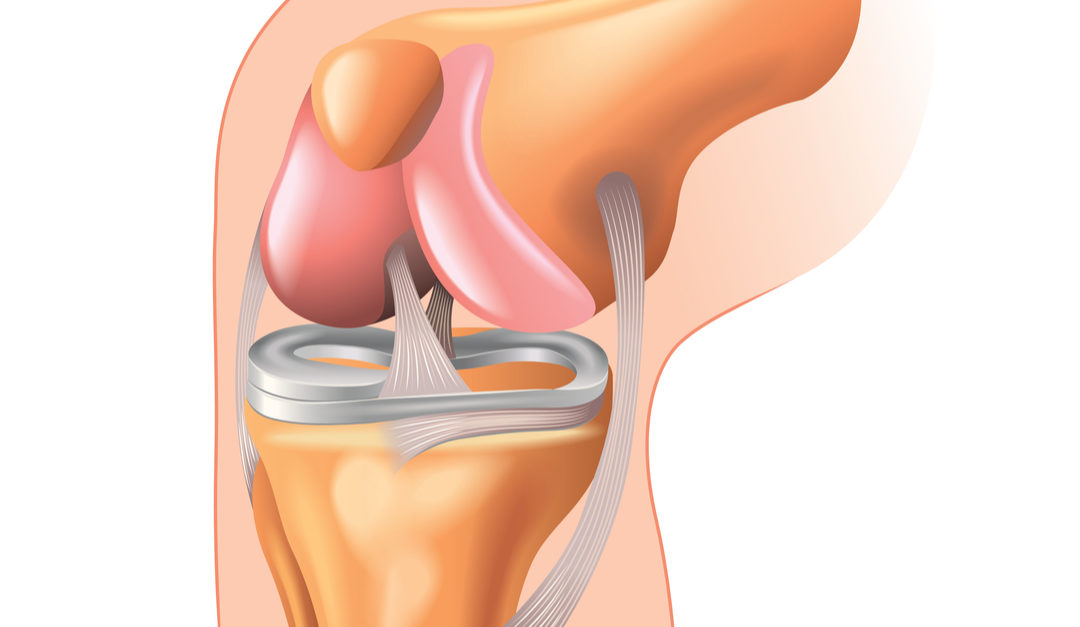The knee is a very important joint as it is responsible for supporting the lower body and plays a vital role in walking and running movements.
Some of the most common knee injuries involve knee ligament tears. Ligaments connect a bone to another bone. Injuries to a ligament can often occur during sports activities where the knee is overextended in a certain direction – or just something as simple as missing a step on a staircase. When the ligament is torn it is classified as a partial or complete tear and depending on the extent of the tear, treatment may involve bracing, physical therapy, or even surgery in some cases. Ligament tears are a special type of injury that requires the attention of an orthopedic specialist, toe evaluate the extent of the injury and formulate the appropriate treatment plan.
Before learning about how partial knee ligament tears occur and are subsequently treated, it is important to go over some related anatomy.
Knee Related Anatomy
The ligaments that make up the knee are called the cruciate and collateral ligaments. The cruciate ligaments are the anterior cruciate ligament (ACL) and posterior cruciate ligament (PCL). The collateral ligaments are the medial collateral ligament (MCL) and the lateral collateral ligament (LCL). The four ligaments work together to stabilize and allow controlled mobility in the knee. Each ligament is like a taut rope that connects the knee bones to one another. When a ligament is sprained or torn, the knee does not function properly. The symptoms associated with a tendon injury range in severity depending on the seriousness of the injury. Partial knee tears typically may cause pain and swelling as well as knee instability and limit the knees range of motion.
Causes of Ligament Injury
Partial tendon tears are most frequently sustained by athletes and active individuals, particularly those that perform high impact running, jumping, pivoting, and cutting movements. Football, gymnastics, basketball, and soccer are some (but not all) of the sports that athletes tear their knee ligaments while playing.
The initial symptoms of a partial tendon tear are usually significant enough to cause one to make an appointment with an orthopedic specialist. A general rule of thumb to follow is to make an appointment with an orthopedic specialist if knee pain and swelling do not decrease after rest, ice, elevation, and over-the-counter anti-inflammatory medication treatment options are used.
Treatment Options for Partial Ligament Tears
The majority of partial knee ligament tears are treated using nonsurgical treatment options. The following are used to decrease inflammation, swelling, and pain after the injury occurs:
- Rest, ice, compression, and elevation (RICE). Used at home for a period of 1-3-days.
- Nonsteroidal anti-inflammatory drugs (NSAIDs). Over-the-counter and prescription oral medications.
The following are used to help a partially torn tendon heal and improve knee strength and function:
- Immobilizing the knee, partially or fully, in a brace gives the torn ligament time to heal.
- Physical therapy. Exercises improve muscle strength and flexibility.
The treatment plan prescribed by an orthopedic specialist typically includes some or all of these treatment options. Surgery is usually reserved for ligament injuries that don’t heal properly or result in a significant amount of instability in the knee after non-operative treatment.
Seeking Treatment for Partial Ligament Tears
If knee pain is affecting your quality of life, please don’t hesitate to contact our offices in either Mahwah and Clifton, NJ to arrange an appointment. We will provide you with the solution you’ve been looking for and with the right treatment program, a reduction in pain and improvement in mobility is entirely possible.
Dr. Nicholas Alexander is the founder of Mahwah Valley Orthopedic Associates and a Board Certified Orthopedic Surgeon specializing in both the surgical and non-surgical treatment of hip and knee conditions. Dr. Alexander completed his Fellowship in Adult Reconstruction and Reconstructive Surgery of the Hip and Knee at the Johns Hopkins School of Medicine and has over two decades of experience. He also serves as the Chairman of the Valley Hospital Total Joint Center.

